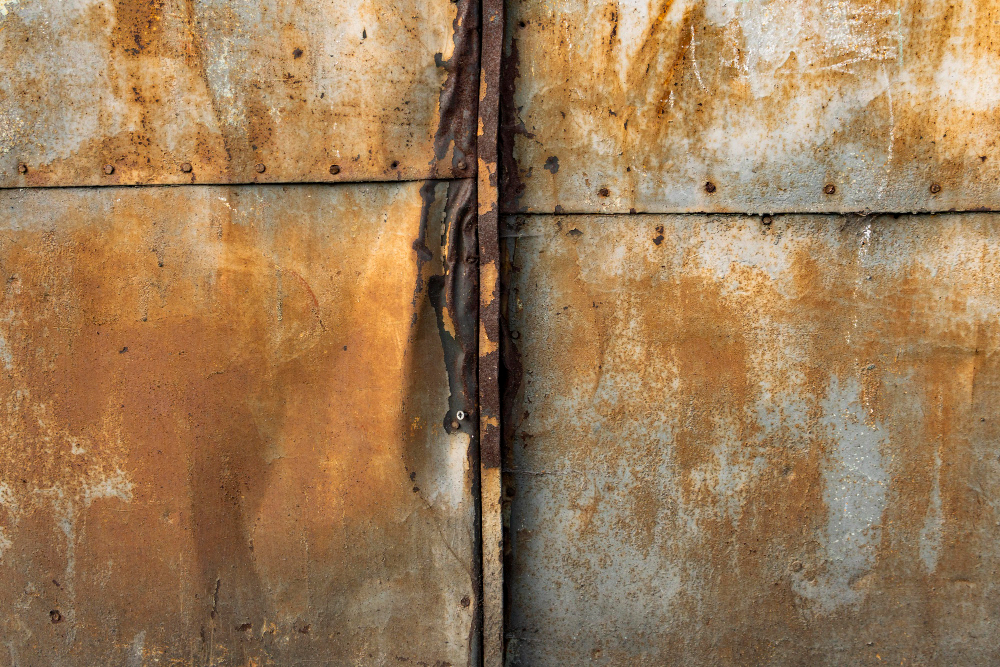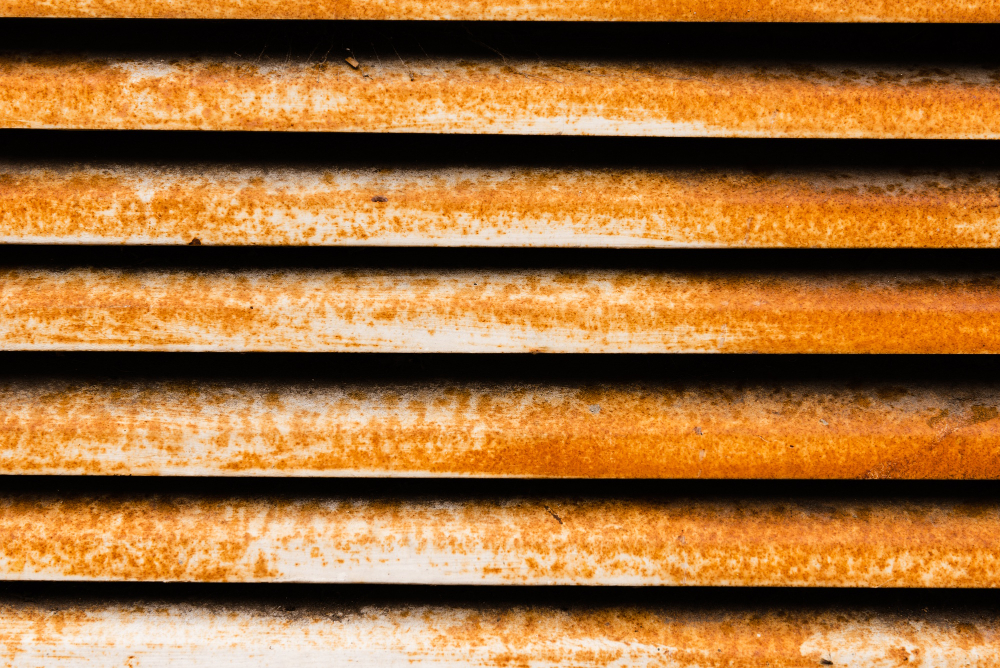6 Pitting Corrosion Proactive Tips to Counter the Threat
Pitting corrosion is a sneaky and damaging form of corrosion that can lead to catastrophic failures if left unchecked. While it often starts small, its impact can be enormous. To help you stay ahead of this hidden threat, here are six practical tips to detect, prevent, and manage pitting corrosion effectively.
Use Advanced Monitoring Tools
- What to Do: Invest in advanced technologies like electrochemical noise monitoring, remote corrosion sensors, and 3D scanning to detect early signs of pitting.
- Why It Helps: These tools provide real-time data and precise measurements, allowing you to catch pitting corrosion before it becomes a major issue.
- Extra Insight: For example, electrochemical noise monitoring can detect minute changes in metal surfaces, while 3D scanning can map surface irregularities that are invisible to the naked eye. Combining these tools with traditional inspection methods ensures comprehensive monitoring.
Optimize Your Design
- What to Do: Design metal structures to minimize areas where pitting can occur. Avoid crevices, ensure proper drainage, and use smooth, polished surfaces.
- Why It Helps: Good design reduces the risk of moisture and corrosive agents accumulating, which are key triggers for pitting corrosion.
- Extra Insight: For instance, in pipelines, ensure there are no low points where water can collect. In storage tanks, design outlets to prevent stagnant liquid buildup. A well-thought-out design can significantly extend the lifespan of your metal assets.
Stick to a Proactive Maintenance Schedule
- What to Do: Regularly clean metal surfaces, reapply protective coatings, and conduct frequent inspections using both visual and non-destructive testing methods.
- Why It Helps: Proactive maintenance helps you identify and address potential problems early, preventing costly repairs down the line.
- Extra Insight: Create a maintenance checklist that includes cleaning schedules, coating reapplication timelines, and inspection intervals. Train your team to recognize early signs of pitting, such as small holes or discoloration, to ensure timely intervention.
Choose the Right Materials
- What to Do: Select corrosion-resistant alloys like stainless steel (e.g., 316L or duplex grades), nickel-based alloys, or titanium for high-risk environments.
- Why It Helps: These materials are specifically designed to withstand harsh conditions and resist pitting corrosion.
- Extra Insight: For example, duplex stainless steels contain higher levels of chromium and molybdenum, which enhance their resistance to chlorides. Always match the material to the specific environmental conditions it will face to maximize its performance.
Apply Protective Coatings and Treatments
- What to Do: Use high-quality coatings like epoxy or polyurethane, and consider treatments like passivation for stainless steel or anodizing for aluminum.
- Why It Helps: These protective layers act as a barrier, preventing corrosive agents from reaching the metal surface.
- Extra Insight: Regularly inspect coatings for damage, such as cracks or peeling, and repair them promptly. For added protection, combine coatings with corrosion inhibitors to further reduce the risk of pitting.
Control the Environment
- What to Do: Minimize exposure to corrosive elements by controlling humidity, reducing chloride levels, and maintaining proper pH levels in liquids.
- Why It Helps: Environmental control reduces the likelihood of pitting corrosion by limiting the factors that contribute to it.
- Extra Insight: For example, in coastal areas, rinse metal surfaces regularly to remove salt deposits. In industrial settings, use dehumidifiers to keep moisture levels low. Small adjustments to the environment can have a big impact on corrosion prevention.
Bonus Tip: Educate Your Team
- What to Do: Train your team to recognize the signs of pitting corrosion and understand the importance of preventive measures.
- Why It Helps: A well-informed team is your first line of defense against corrosion.
- Extra Insight: Provide regular training sessions, share case studies of past failures, and encourage open communication about potential risks. When everyone is on the same page, it’s easier to implement and maintain effective corrosion prevention strategies.
Frequently Asked Questions
What is pitting corrosion?
Pitting corrosion is a localized form of corrosion that creates small, deep holes or pits on metal surfaces. It often occurs in environments with chlorides, stagnant water, or low oxygen levels.
Why is pitting corrosion dangerous?
Pitting corrosion is dangerous because it can go unnoticed until significant damage has occurred. The small pits can penetrate deep into the metal, leading to structural failure or leaks.
How can I detect pitting corrosion early?
Early detection can be achieved through regular visual inspections, non-destructive testing (e.g., ultrasonic testing), and advanced monitoring tools like electrochemical sensors.
How can I prevent pitting corrosion?
Prevention methods include using corrosion-resistant materials, applying protective coatings, controlling environmental factors, and implementing proactive maintenance schedules.
Closing Insights
Pitting corrosion is a complex and persistent challenge, but with the right strategies, it can be effectively managed. By implementing advanced monitoring tools, optimizing designs, maintaining proactive schedules, and choosing the right materials, you can significantly reduce the risk of pitting corrosion. However, staying ahead of this hidden threat requires continuous learning and adaptation.
This is where Corcon, the Institute of Corrosion, plays a vital role. As a leading authority in corrosion science and engineering, Corcon offers cutting-edge research, training, and certification programs to help industries combat corrosion effectively.
Image Reference: Freepik
Disclaimer: All trademarks, logos, and brand names are the property of their respective owners. All company, product, and service names used in this website are for identification purposes only. Use of these names, trademarks, and brands does not imply endorsement.

